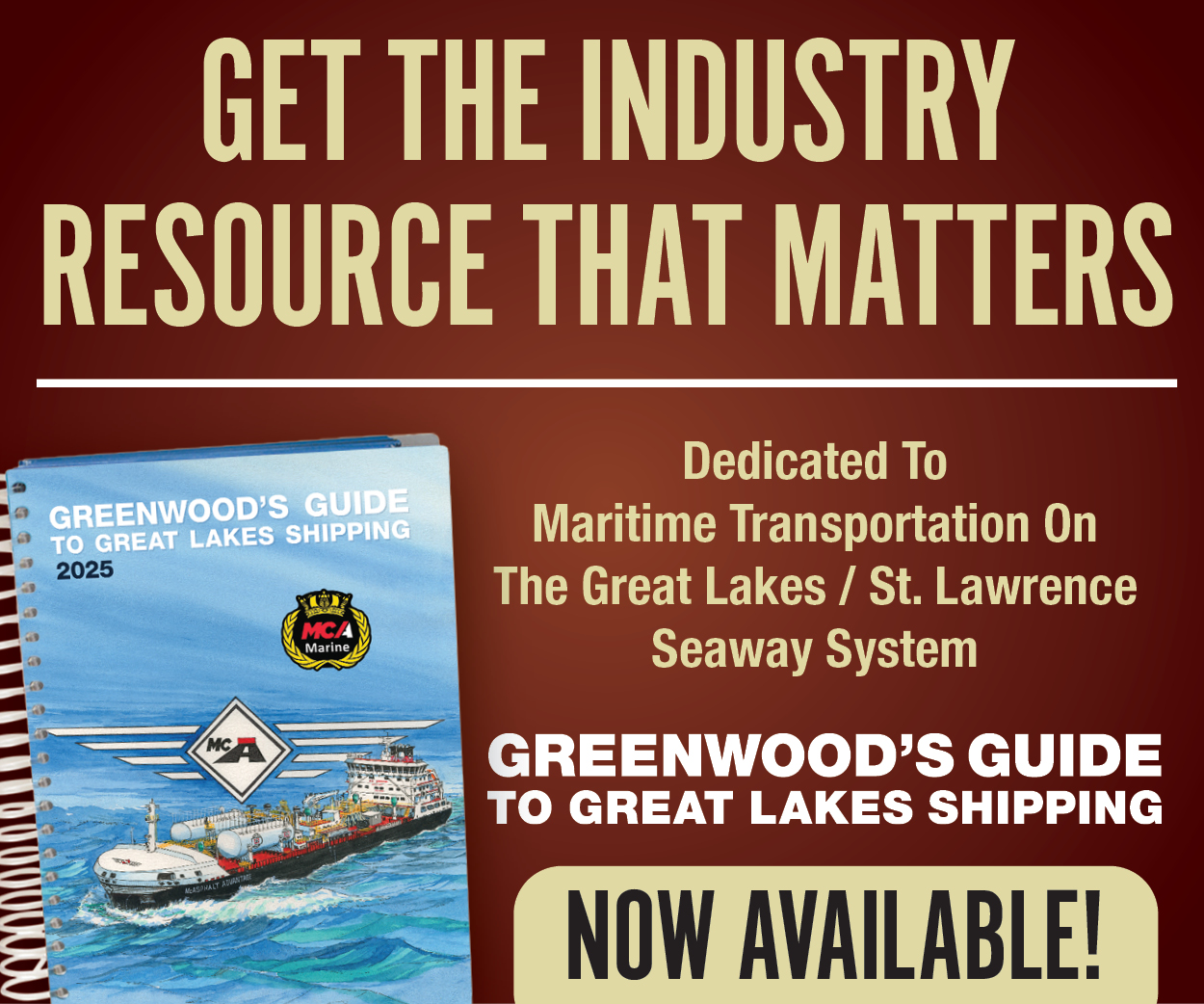Fall Overboard Report Released
The American Waterways Operators has released its latest report on falls overboard and how to prevent them. To support the report’s findings, AWO is holding a Falls Overboard Safety Standdown Day on August 28, encouraging towing vessel operators to review safety procedures with their crews.
“This safety stand-down day is a brand-new idea,” said Michael Breslin, AWO’s senior director of safety and sustainability. Breslin said it was partly inspired by “Wear Your Lifejacket At Work Day” by the National Safe Boating Council, which represents recreational boaters. AWO developed a number of tools for crews to talk about safety and fall overboard risks, including lists of questions to ask, available at www.americanwaterways.com/resources.
Key findings from the report highlight several trends, including that most falls overboard happen on barges and frequently occur between 9 p.m. and 7 a.m., potentially due to factors like reduced visibility and fatigue. Experience level and position, such as deckhands and tankermen, are also noted in the analysis. The leading cause of incidents was identified as slip, trip and fall hazards.
The report surveyed AWO members about falls overboard. Many towing and barge companies took part in reviewing safety procedures and best practices. The study reviewed 118 fall-overboard incidents over the past 10 years, many of which did not involve casualties (that is, it included incidents in which someone fell overboard and was rescued without harm). The survey solicited answers covering about 25 data points. The most common feature of all the incidents, Breslin said, was inattention.
Breslin and Patrick Cheramie, chairman of AWO’s Falls Overboard Subcommittee and assistant vice president of safety, training & marine assurance with ACBL, stressed that, while the report can be a valuable resource for AWO members, it’s not a one-size-fits-all or “silver bullet.” Certain preventive measures, like tethers, for example, are good for some scenarios but not others.
“We experimented with a lot of solutions,” Breslin added.
The most important thing, he said, is to start conversations within companies on the best preventive measures for their particular conditions.
The study’s findings also can help inform vessel design, Cheramie said, for such features as coaming wall heights, stanchions, railings, entrances to and egresses from vessels and barges, and unguarded edges of barges or vessels. The study can also guide vague areas in regulations, clarifying when terms like “sheltered route” refer to motor vessels or unmanned barges.
“There are many types of barges,” Cheramie said.
The study developed a hierarchy of risk that looked at various mitigation strategies. These include getting rid of a potential hazard or physical barrier, engineering design mitigations such as rounded corners and developing administrative controls (safety rules).
Breslin noted that personal preventive equipment (PPE) is the last level of the hierarchy.
“If a PPE, such as a tether or lifejacket, is being called into play, an incident is already taking place,” Breslin said. “The focus is on prevention.”



